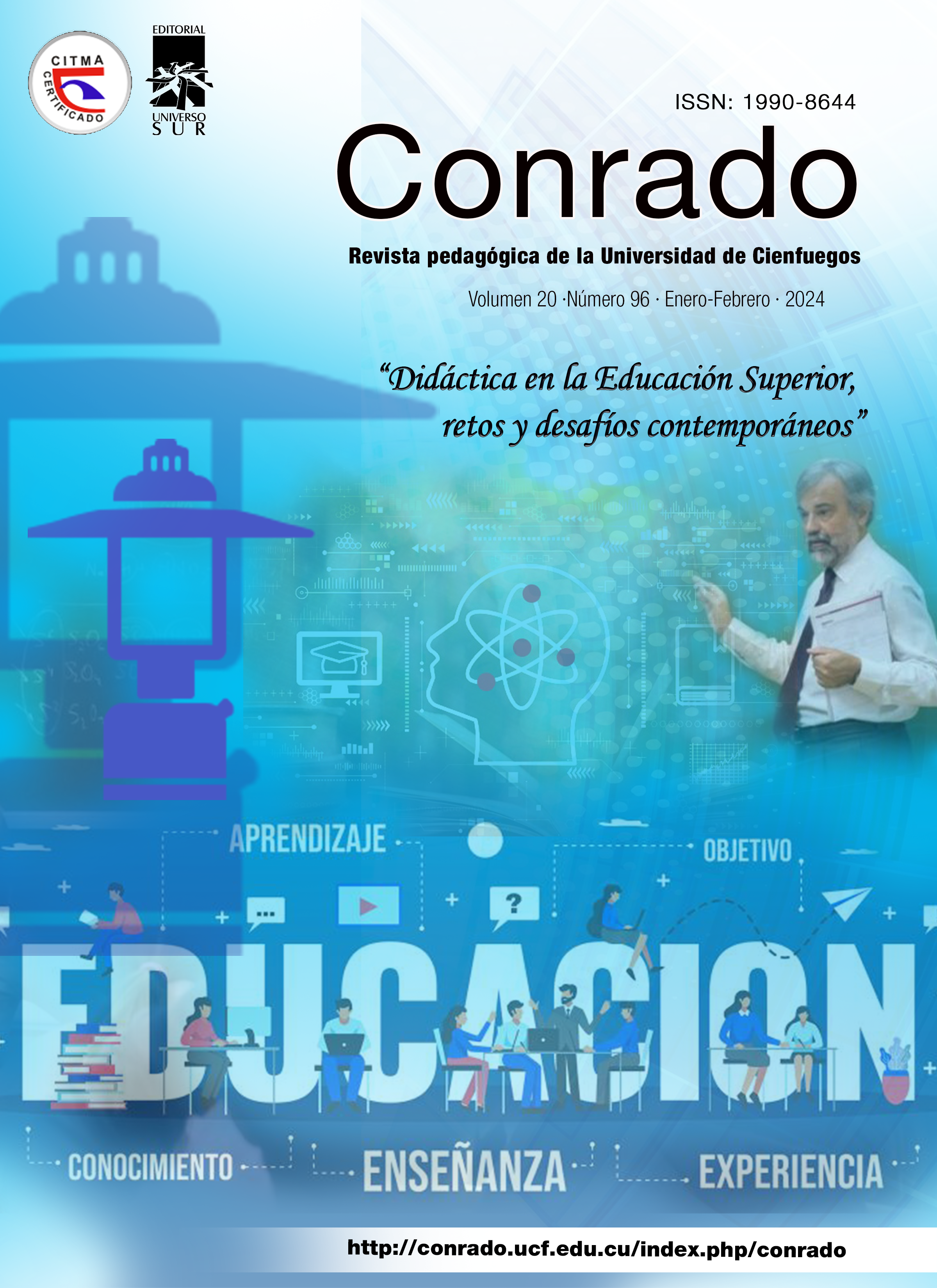Comparative analysis of approaches to the study of artificial intelligence in the higher education systems of the USA and China
Resumen
The USA and China are now rivals in a wide range of areas. One of the most relevant now is artificial intelligence (AI), where the potential of the two leading states is also quite comparable. AI is an extremely knowledge-intensive industry and requires a large number of highly qualified specialists capable of developing and implementing such systems. Thus, the future of AI directly depends on the quality of education, especially higher education, and on the approach to its organization. This paper describes how China and the United States integrate AI training at the higher level of education. The authors conclude that now AI education in China and the United States is at a comparable level. However, in China they observe a centralized approach, while in the USA the approach is more flexible and freer. Further, the authors provide an analysis of the advantages and disadvantages of each country’s approach and how they can influence the future of science, technology, and education there. Chinese centralized system allows the necessary scientific and technical personnel to be trained in a streaming mode, the US system cannot achieve this, but it has more potential in the development of innovation and academic freedom. In conclusion, the authors provide a forecast of measures that should be taken by each of the parties to effectively use the advantages of their approach to education and overcome its shortcomings.
Keywords:
Artificial Intelligence, Higher Education, Computer Science, Postgraduate Studies, Curriculum.
RESUMEN
Estados Unidos y China son ahora rivales en una amplia gama de ámbitos. Uno de los más relevantes ahora es la inteligencia artificial (IA), donde el potencial de los dos Estados líderes es también bastante comparable. La IA es una industria extremadamente intensiva en conocimientos y requiere un gran número de especialistas altamente cualificados capaces de desarrollar e implantar este tipo de sistemas. Así pues, el futuro de la IA depende directamente de la calidad de la educación, especialmente de la enseñanza superior, y del planteamiento de su organización. Este artículo describe cómo China y Estados Unidos integran la formación en IA en la enseñanza superior. Los autores concluyen que actualmente la formación en IA en China y Estados Unidos se encuentra a un nivel comparable. Sin embargo, en China observan un enfoque centralizado, mientras que en Estados Unidos el enfoque es más flexible y libre. Además, los autores ofrecen un análisis de las ventajas e inconvenientes del enfoque de cada país y de cómo pueden influir en el futuro de la ciencia, la tecnología y la educación en ellos. El sistema centralizado chino permite formar en streaming al personal científico y técnico necesario, el estadounidense no puede conseguirlo, pero tiene más potencial en el desarrollo de la innovación y la libertad académica. Para concluir, los autores ofrecen una previsión de las medidas que debería tomar cada una de las partes para aprovechar eficazmente las ventajas de su enfoque de la educación y superar sus deficiencias.
Palabras clave:
Inteligencia Artificial, Enseñanza Superior, Informática, Estudios de Postgrado, Plan de Estudios
Descargas
Descargas
Publicado
Cómo citar
Número
Sección
Licencia
La editorial "Universo Sur", de la Universidad de Cienfuegos, publica el contenido de la Revista "Conrado" bajo una Licencia Creative Commons Atribución-NoComercial-SinDerivar 4.0 Internacional.
© Podrá reproducirse y socializarse, de forma parcial o total, el contenido de esta publicación, sin fines comerciales, siempre que se haga de forma literal y se mencione la fuente.







